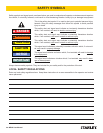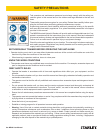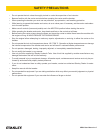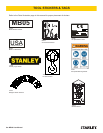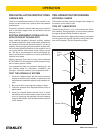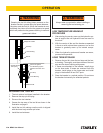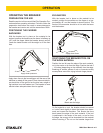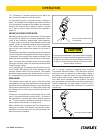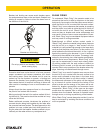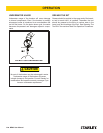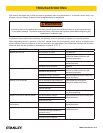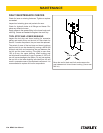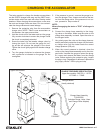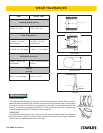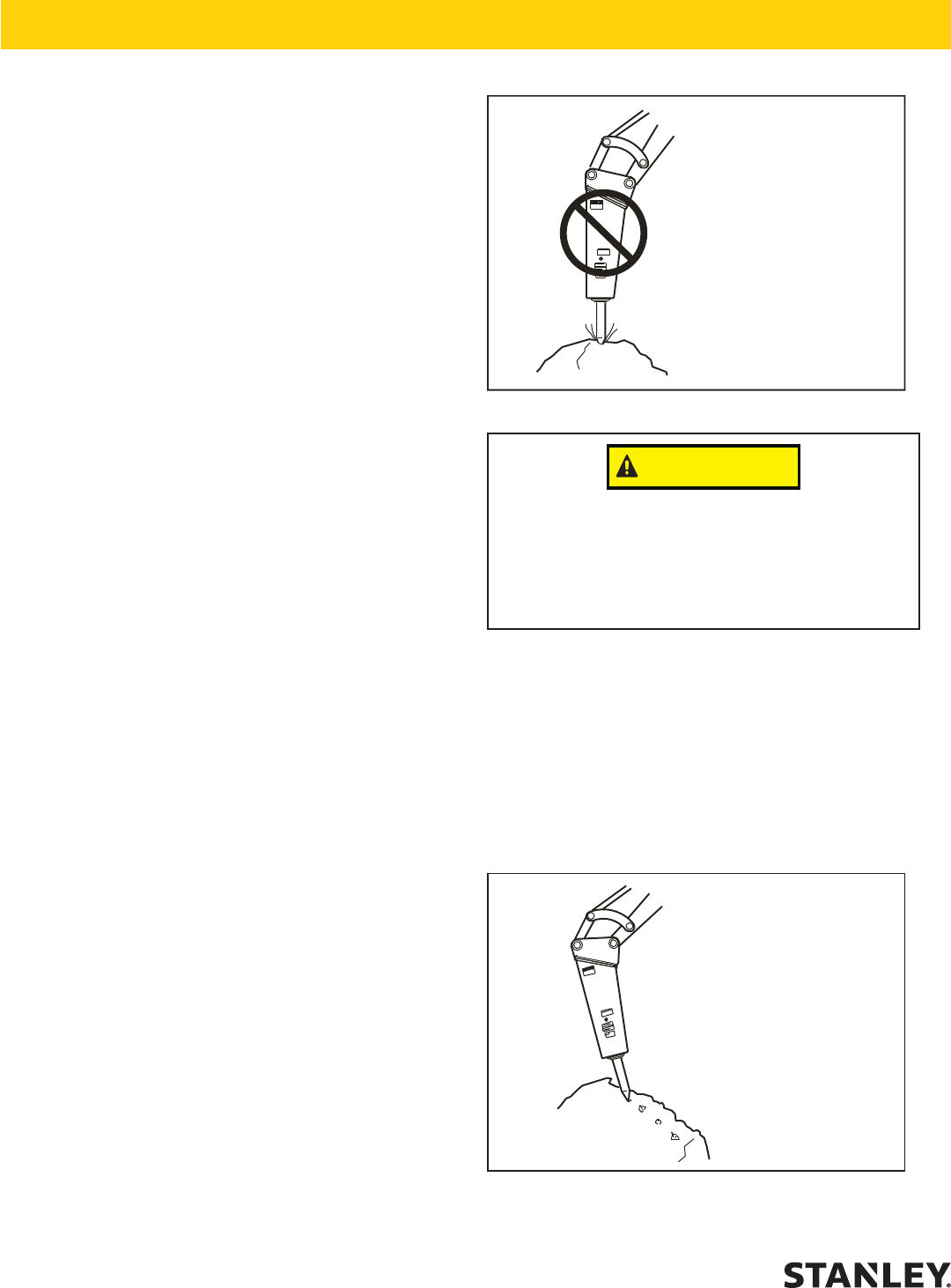
12 ► MB05 User Manual
Use a “scoring” method of breaking when cracking
the material becomes difcult. This technique involves
striking the rock or concrete at several places along a
line where you want the crack to occur. Most materials
break sooner when struck several places along a line
than when struck repeatedly in one location. On each
line, the breaker tool should be continually repositioned.
Practice determines the best length of time to stay in
one spot. (15 – 20 seconds) and how far to move the
breaker tool.
Scoring with the breaker
Do not break continuously
in one place.
15 – 20 seconds. If breakout does not occur within this
time, move the breaker to another position.
On at material such as concrete runways, starting to
break in the middle of the material may cause vibrations
to be transmitted throughout the breaker and excavator
because the material has no place to break to. Always
try to start at a point which will permit the material to
break out.
MAINTAIN DOWN PRESSURE
Maintaining hard contact with the surface of the material
to be broken in addition to maintaining adequate “down
force” is very important. Always keep “down pressure”
or “down force” on the point of the breaker by lifting the
wheels, tracks, or stabilizers slightly above the ground.
This method takes the “slack” out of the bracket and
boom pivots, and reduces the impact on the pivots in
the boom.
The operator needs to be constantly aware of the amount
of down pressure being applied and be able to adjust it
if necessary. Not enough down pressure results in low
production and accelerates wear and tear on the equip-
ment. Too much down pressure may cause the breaker
housing to violently crash into the broken material when
“break-through” occurs.
In any breaking job, the operator should make every ef-
fort to “follow” the breaker with “down pressure” as the
machine breaks farther into the material. The breaker
should be stopped as soon as “break-through” occurs or
if it is apparent that good solid blows are not occurring.
BREAKING
The operator should note the sound of the blow when
the breaker is running. With experience, the operator will
be able to tell the difference between a good solid blow
and a hollow sounding blow. A hollow blow means that
solid blows are not occurring and breaker should be re-
positioned.
Continuous tool penetration usually does not do much
good. If the material does not break with 3 – 6 inches of
tool penetration, it usually won’t break with full penetra-
tion. The time used for additional penetration could be
better used to strike blows in another place.
Many materials do not respond well to continued ham-
mering in one place. The breaker tool should be repo-
sitioned on the work each time the tool penetrates but
does not crack the material.
CAUTION
Continuous penetration in the same area for lengthy
periods will create excessive temperatures at the tip
of the tool bit resulting in loss of temper (hardness)
of the bit, mushrooming of the tip of the bit and may
lead to failure of the bit.
OPERATION



